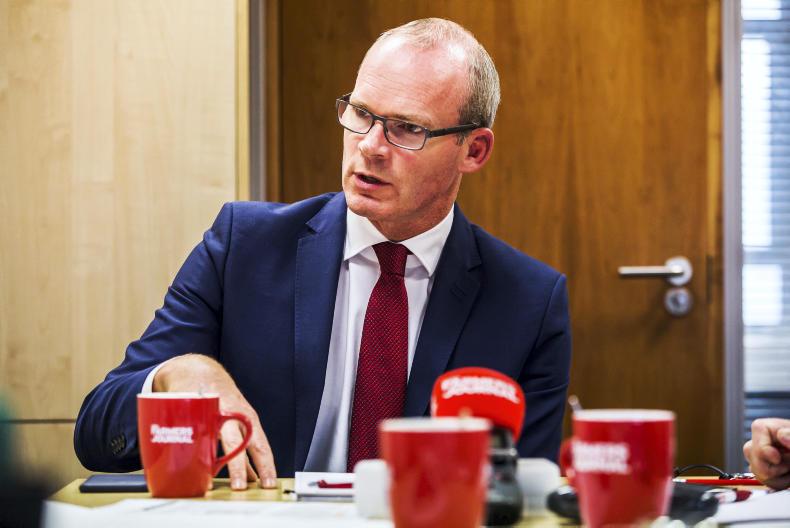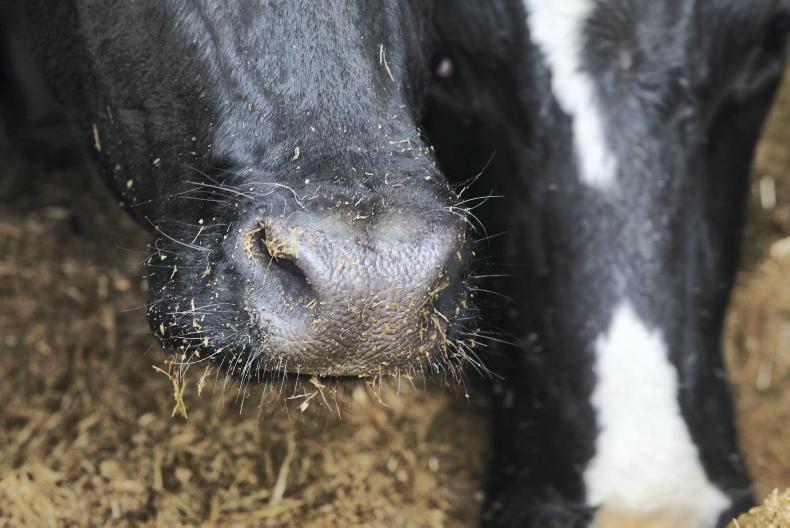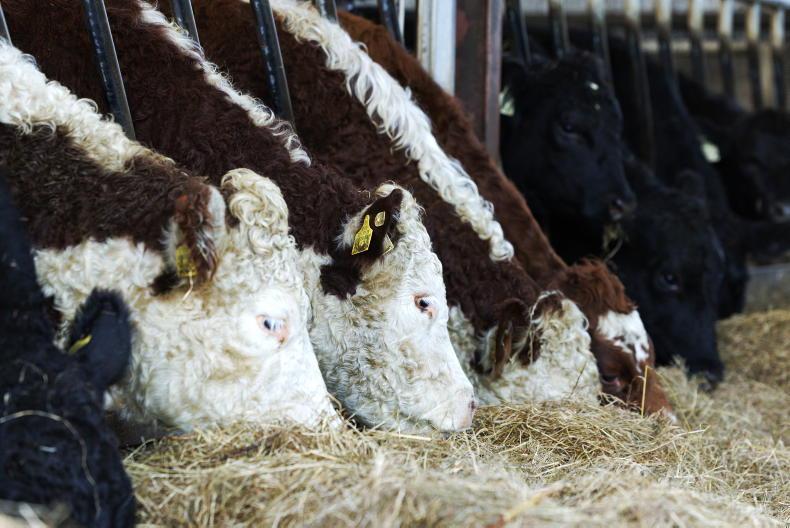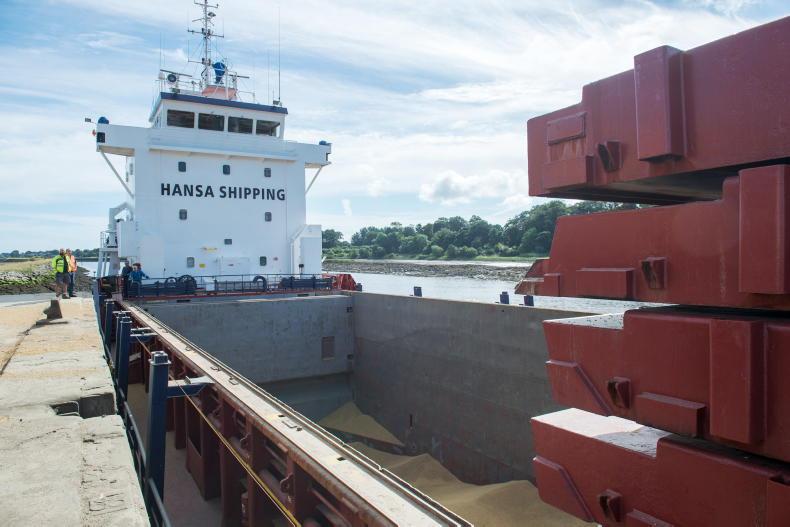The Irish Government has now followed the EU and UK in publishing its latest plans for a no-deal Brexit.
For farmers it isn’t so much a case that they are fake news as no news.
The plans announced by the Tánaiste on Wednesday evening provide detail of logistical actions that would be put in place in preparation for a no-deal Brexit.
Inspection facilities at the ports and airports are a logical and inevitable consequence of the UK becoming a third country on 29 March 2019.
His comments on the wider impact of Brexit on the Irish economy reflect what has been known for a considerable time in both the ESRI and Copenhagen Economics reports.
No new news
The latest contingency plan published by the Government is most notable for what it doesn’t say as what it does.
It says they are not making contingency plans for a hard border, but if there are plans being made for inspection at the ports and airports, surely it is basic logic that controls of some sort are needed at the land border as well.
It would be more politically sensitive to talk about securing land in Ravensdale Forest between Newry and Dundalk to accommodate 5,770 commercial vehicles that cross the M1 border daily of the 14,000 in total that cross the Irish border overall daily.
Whatever chance there is for dairy and sheepmeat to find alternative markets and perhaps pigmeat in the longer term, there are absolutely no options for beef at anything close to the current price
While the latest publication by the Government doesn’t address a land border issue, the question remains how it will be dealt with.
It is possible to visualise how private vehicles and people could cross back and forth uninterrupted. Every border in the world has some level of inspection for commercial traffic, even if most of checking and inspection could be conducted at the points of departure and the destination for the arrival of goods.
There has to be a contingency for this as well however unpalatable it might be.
Restating of what is already known
Farmers reading the 132-page plan won’t find anything on what is in place to protect markets and incomes if there is a no-deal Brexit on 29 March. If no deal happens, trade with Britain simply won’t be viable under WTO tariff trading terms which is the default position if the UK leaves without a deal.
The contingency plan that farmers need is what will happen cattle, sheep and pigs after 29 March that make their way into the UK market.
Whatever chance there is for dairy and sheepmeat to find alternative markets and perhaps pigmeat in the longer term, there are absolutely no options for beef at anything close to the current price, even though it is particularly depressed. The contingency has to be based on the EU dusting down market support systems that haven’t been used since 2005 and add anything else that can be thought of.
In the past the EU bought huge quantities of beef through intervention purchasing. This tool was used in 2015 to take surplus milk off the market, releasing it back on to the market when the trade improved
Market intervention.
The same will be required for beef from 30 March, supplemented by reintroduction of export refunds whereby the industry is given support to sell its produce outside the EU. The EU unilaterally abandoned this policy in 2005 but exceptional circumstances require an exceptional response and this is an occasion when it would be necessary.
Perhaps there are other more innovative measures that the Government have devised beyond these decade old tools for managing the market.
If they have, it is time to let farmers know what they are or even confirm that the old tools will be used if a no-deal situation arises.
That is real contingency planning and if it was made known it would provide some small relief to farmers who are already well stressed by poor market prices.










SHARING OPTIONS